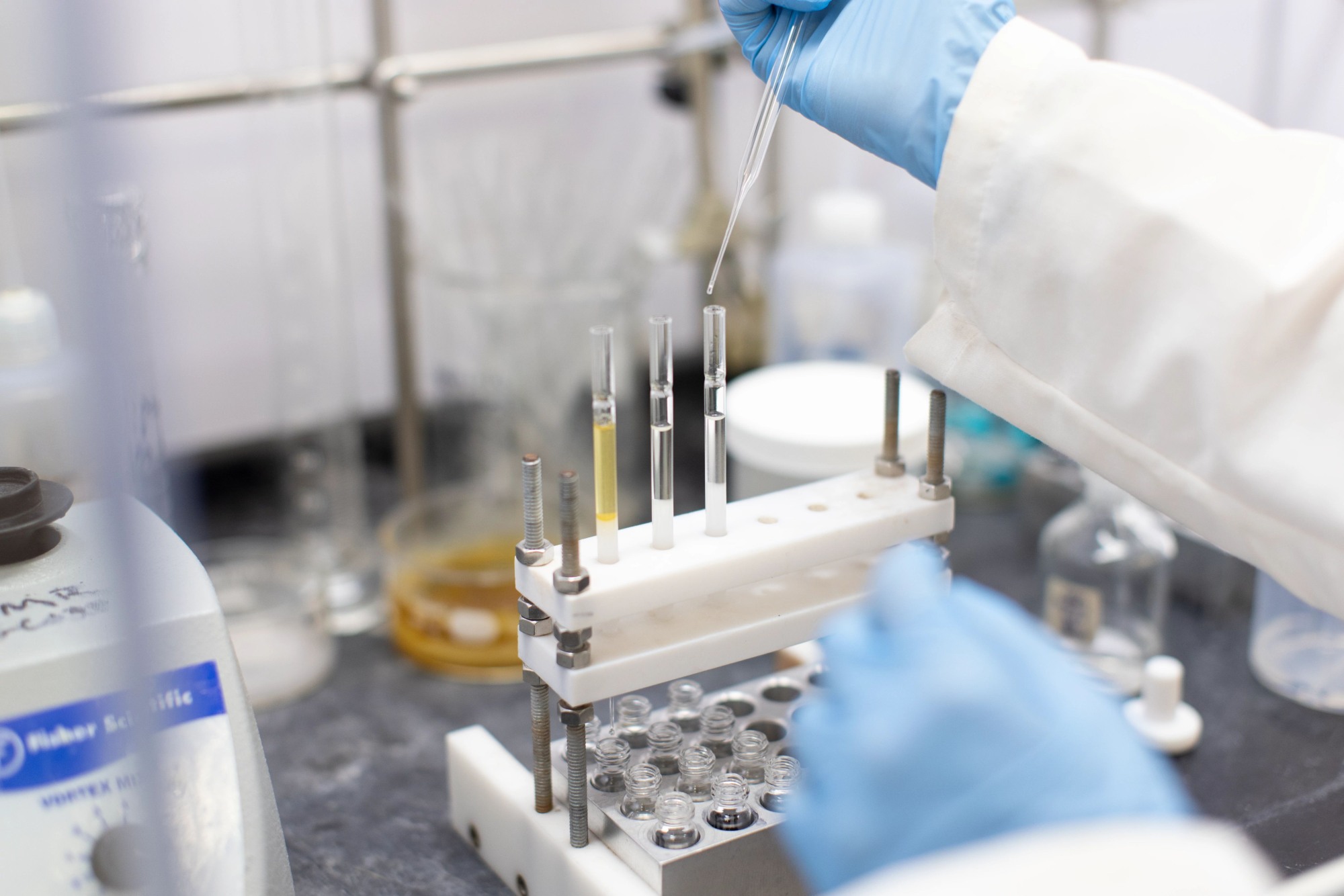PROVIDENCE, R.I. [Brown University] — Brown University student Isabel Tribe is discovering the hidden power of ancient sediment to help predict the planet’s future — and unearthing information about herself in the process.
Working as a research intern in the Environmental Geochemistry Facility at Brown, Tribe is spending her summer traveling back in time, analyzing a sediment core from the region surrounding Bogotá, Colombia. The core contains sediment that spans the Pliocene and Pleistocene epochs, between 4 million to 40,000 years ago — the Pliocene being the last time temperature and carbon dioxide levels rivaled what the Earth faces today.
Despite its age, the specimen is full of biological markers that provide important clues for the future of the region’s climate. By studying the hydrology of the period and how water has moved throughout the biosphere, researchers examine the region’s rainfall, flooding and drought to understand ancient climate cycles and help predict the future of the region’s climate.

“I never thought I’d consider being a scientist,” said Tribe, a rising sophomore from New York, who plans to concentrate in comparative literature (in English and Spanish) and Earth, climate and biology. “I have found this work deeply related to who I am, what I want to do and what I value.”
The Bogotá region has been subject to several extreme climate swings over the past few million years. Though now home to Colombia’s capital, it was once submerged under a massive lake. Working in Professor of Earth, Environmental and Planetary Sciences Jim Russell’s lab for researcher Lina Pérez-Angel, a postdoctoral research associate affiliated with the Institute at Brown for Environment and Society, Tribe is analyzing the sediment to help enable scientists to construct increasingly precise climate models to help predict how the region’s climate may change again.
“We’re studying a tropical latitude of Earth — a latitude at which 40% of the world’s population lives — and many of these places could face mass flooding events or drought,” Tribe said. “The main goal is to understand hydrological functions in a warming world and make climate models and projections more accurate to help regional city managers, city planners and policymakers plan much more effectively for climate change.”

